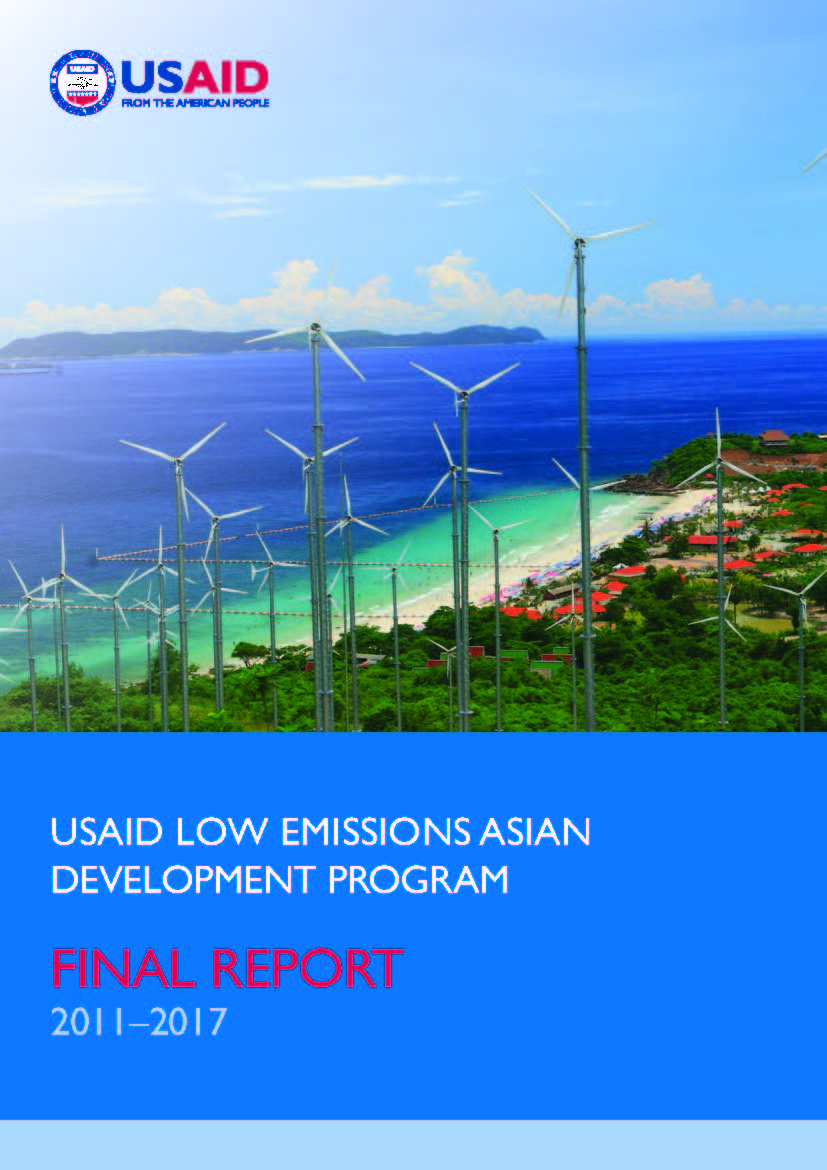Speeches Shim
Over its five-year duration, the U.S. Agency for International Development Low Emissions Asian Development (USAID LEAD) program established and strengthened institutions, platforms, and initiatives to catalyze climate-resilient, low-emission development in Asia.
At program completion in early 2017, the program partner countries are positioned to make well-founded commitments under the Paris Agreement to the United Nations Framework Convention on Climate Change (UNFCCC) to mitigate their greenhouse gas emissions. They can do so with confidence that as they achieve their commitments as articulated in Nationally Determined Contributions (NDCs), they can do so while simultaneously meeting their goals for social and economic development.
In doing so, countries will call upon the foundational capacities that the USAID LEAD program has built, such as helping them to properly measure their greenhouse gas emissions, use state-of-the-art tools and approaches to assess their mitigation options, and identify and secure support for financing and implementation of specific measures. And they will actively share their lessons and learn from one another through continued participation in the Asia LEDS Partnership, which the USAID LEAD program launched and managed as a regional mechanism for South-South learning.
Through interventions such as training on the technical and institutional principles of greenhouse gas inventories, helping design and launch greenhouse gas registries, and showing how provinces, cities, and business can embed green growth approaches within their operations, the USAID LEAD program has responded to partner country needs to provide them with necessary tools, and built capacity so that they were able to confidently develop well founded NDCs, in concert with advancing their social and economic development goals.
While this is a key accomplishment, the USAID LEAD program began without the knowledge that the UNFCCC process would yield the outcomes of Paris, and GHG reductions were only one element of the broader program objective of preparing countries to achieve the core program outcome of sustainable low-emission, climate-resilient development in Asia.
In particular, the USAID LEAD program has provided assistance through the entire low emission development strategies (LEDS) cycle (see diagram), as outlined in the U.S. Government’s Enhancing Capacity for Low Emission Development Strategies (EC-LEDS) program.


Comment
Make a general inquiry or suggest an improvement.